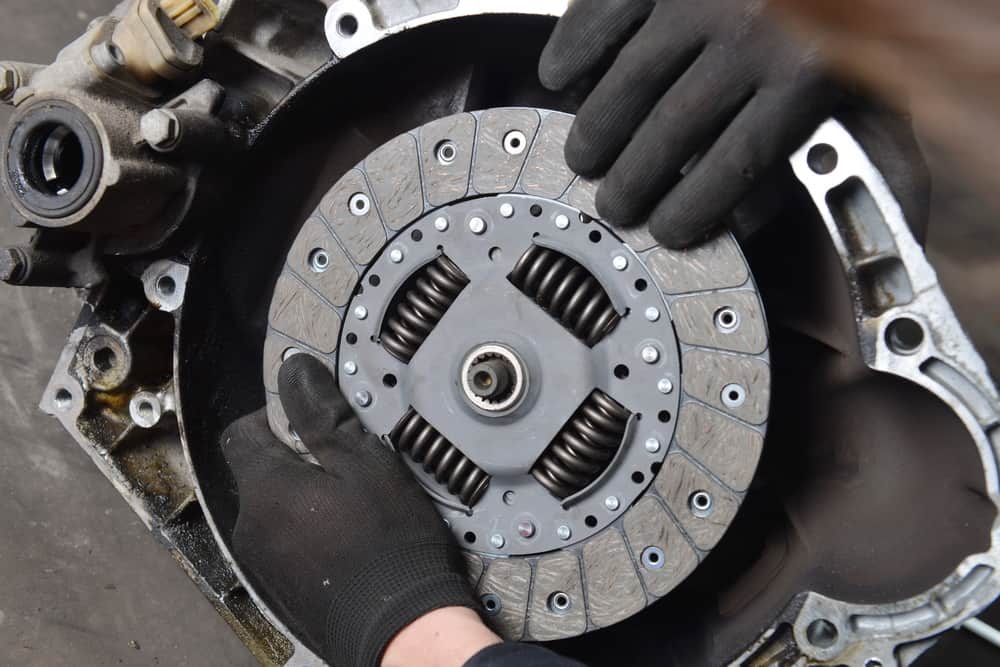
If your car’s revs are rising faster than your speed, or your vehicle’s jerking when you move through gears, you could be dealing with a slipping clutch. Clutch slipping affects how your car transfers power from the engine to the wheels, and if you ignore it, you could be in for some serious repairs due to the damage it causes. It’s also dangerous, since it can cause your car to lose power while accelerating, increasing your risk of losing control on the road.
Here’s how to spot the signs of a slipping clutch early doors, what causes the problem, and when it’s time to book in for a replacement clutch to save you more money down the line.
Table of contents:
- What is clutch slipping?
- What are the 7 most common symptoms of a slipping clutch?
- What causes clutch slipping?
- Can you drive with a slipping clutch?
- How much does a replacement clutch cost?
- How can a slipping clutch be fixed?
What is clutch slipping?
In manual cars, the clutch connects and disconnects the engine from the wheels so you can change gear. A slipping clutch happens when the clutch plate doesn’t engage with the flywheel fully. Instead of locking together and transferring power cleanly, it slips, causing a loss of traction between the engine and the wheels. This means engine power isn’t reaching the road like it should.
You’ll feel it most when pulling away, accelerating, or shifting gears.
Clutch slip is one of the most common issues drivers face as cars get older. Whether you drive in stop-start traffic or live in a hilly area, your clutch can wear down faster than you might think.
What are the 7 most common symptoms of a slipping clutch?
Clutch slip can creep in gradually or strike more suddenly. These are the 7 main signs to watch out for:
Burning smell
Smelling something like burning rubber after setting off or crawling through traffic? That whiff could be your clutch throwing in the towel. It’s especially common when pulling away uphill, reversing into a tight spot, or sitting in stop-start queues. All that slipping creates heat, and before you know it, you’re cooking the clutch plate.

Strange noises
Hearing a weird squeak, grind or rattle when you press the clutch? Your car’s trying to tell you something. Common culprits include:
- Release bearing: If you hear a whining or squeaking noise when you press the pedal, this little part’s probably had enough.
- Pressure plate: A grinding or clunking sound might mean the pressure plate springs are on their last legs.
- Clutch disc: If things sound rough when you change gear, the disc could be worn or wobbling about.
Either way, those noises aren’t normal – time to get it checked out.
Spongy, sticking or high clutch pedal
If your clutch pedal feels like you’re stepping on a sponge or it stays down longer than it should, that’s another red flag. A soft, lazy pedal usually means there’s a problem with the hydraulics, like air in the system or low clutch fluid. If the pedal feels like it’s sticking or doesn’t spring back properly, something’s off.
Also worth keeping an eye on is the biting point. If it’s suddenly right at the top of the pedal’s travel, it could mean your clutch plate’s nearly worn through. The higher the bite, the closer you are to needing a replacement clutch.
Poor engine performance
Clutch slipping disrupts engine power transfer. You might notice:
- High RPMs with little speed: You’re flooring the accelerator, and the revs shoot up, but the acceleration is sluggish? That’s classic clutch slip. The engine’s working hard, but all that power’s not making it to the wheels. You’ll notice it most when trying to overtake or going uphill and it’s a clear sign something’s not right.
- Hesitation, jerking or stuttering: If your car’s jerking forward every time you set off, or there’s a delay after you press the accelerator, your clutch could be slipping. That stop-start stutter – especially in lower gears – means it’s struggling to grip properly. Not just annoying, but potentially dangerous at junctions or roundabouts.
Quick test
Try this in an empty car park or quiet road. Put the car in third or fourth gear at a low speed, then press the accelerator while quickly letting the clutch out.
- If the clutch is healthy, the engine should struggle or even stall.
- If the revs shoot up without much resistance, the clutch is slipping.
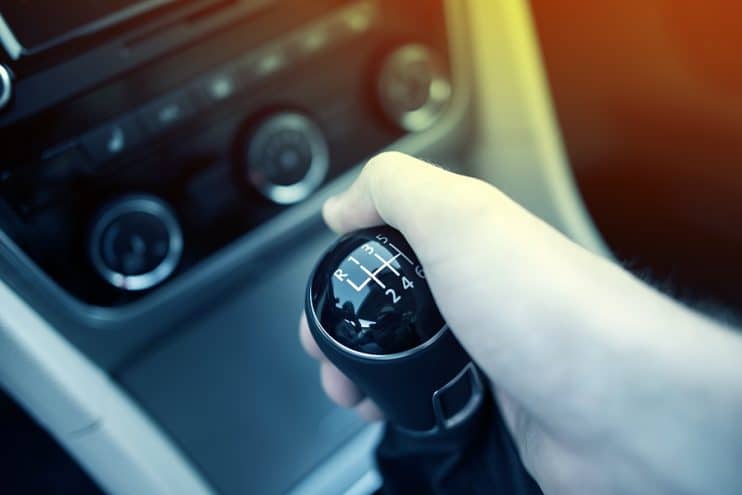
Difficulty shifting gears
A slipping clutch can make it harder to:
- Get into gear smoothly.
- Change gears without crunching.
- Downshift without jerks or resistance.
Getting into gear shouldn’t be a workout. If you’re crunching gears, struggling to get into first or reverse, or it feels like the gear lever’s fighting you, your clutch might not be disengaging properly. A slipping clutch can mess with both upshifts and downshifts – so whether you’re trying to get a move on or slow things down, it can leave you feeling somewhere in the middle.
Low clutch fluid or visible leaks
If your car’s got a hydraulic clutch (most do these days), it needs fluid to keep everything running smoothly. If that fluid gets low or starts leaking – usually from the master or slave cylinder – you’ll start having clutch issues, including slipping.
Keep an eye out for damp patches or puddles under the car, especially near the front wheels. It may not look dramatic, but even a small leak can affect pedal feel and clutch performance.
Vibrations or juddering
Feeling shaking, juddering or vibrating when you pull away? Could be your clutch having a wobble – literally. This is often caused by:
- A glazed clutch disc: The disc has become a shiny, hard surface because of overheating, which is a recipe for a slippery grip.
- Worn or warped parts: A dodgy pressure plate or flywheel can make the whole system shake when you try to get moving because the engagement is uneven.
Vibrations and juddering are usually more obvious when you’re in first gear or when you’re reversing – just when you need smooth control the most. They can also be more pronounced in colder weather conditions.
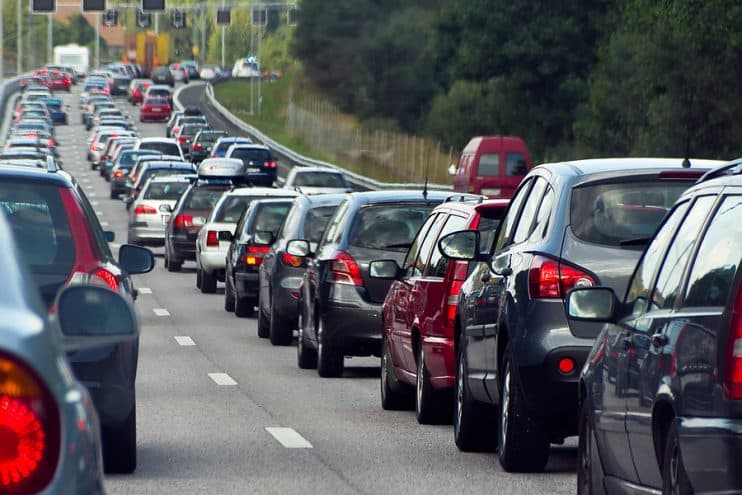
What causes clutch slipping?
Your clutch works hard every time you drive, so wear and tear are normal over time. But some habits – and conditions – can wear it out faster than you’d like:
- Worn clutch disc or plate: This is the number one culprit. Over time, the friction material wears down, and when it’s too thin, it just can’t grip like it used to.
- Aggressive driving: Fast acceleration and harsh gear changes put serious pressure on the clutch.
- Riding the clutch: Keeping your foot on the clutch while driving or waiting at lights might feel harmless, but it keeps your clutch slightly engaged and means excess wear.
- Stop-start traffic: All that clutch-in, clutch-out in slow traffic adds up. City drivers tend to get through clutches quicker than if you’re usually cruising on the motorway.
- Overloading: Towing trailers or carrying heavy loads strains the drivetrain.
- Hot climates: Higher temperatures can increase friction and wear.
- Oil contamination: If oil leaks onto the clutch from a dodgy seal or leaky engine, it can cause the plates to slip.
Can you drive with a slipping clutch?
Technically, yes. But should you? No.
A slipping clutch will only get worse, and it can happen faster than you think. You’ll lose more power, gear changes will become unpredictable, and driving could become dangerous. If it affects your control or emissions, it could even be flagged on an MOT.
In some cases, a slipping clutch can last a few hundred miles. But that depends on how bad the issue is as well as your driving habits.
How much does a replacement clutch cost?
Clutch repairs aren’t cheap – you’re looking at anywhere from around £300 to over £1,000, depending on your car make, model, and whether you need a new flywheel too. Dual-mass flywheels (common in modern diesels) cost more and take longer to fit.
That said, the longer you leave it, the worse (and pricier) it gets. Catching it early could save your flywheel and gearbox from damage.
How can a slipping clutch be fixed?
There’s no quick fix for a heavily worn clutch – it will need to be replaced. Ignoring the problem could damage the pressure plate, flywheel or even the gearbox.
A professional mechanic can take a look and recommend the right fix, which might include:
- Clutch disc replacement: The most common fix is replacing the worn friction disc with a fresh one.
- Flywheel resurfacing or replacement: If the old clutch has scorched the flywheel or left it glazed, this might need sorting too
- Clutch cable/hydraulics adjustment: If your clutch pedal’s off or the engagement point has shifted, a tweak might help – but only if the clutch isn’t already slipping.
- Sealing oil leaks: If oil’s got into the clutch system, the leak needs sealing up before a new clutch goes in. Otherwise, it’ll just ruin the new one.
Don’t be tempted to put it off. Continuing to drive with a slipping clutch can lead to complete failure, potentially leaving you stranded and with a bigger bill.
If you do need a replacement clutch, choose a trusted garage or mechanic that offers warranty-backed work. And take it easy on the clutch – smoother driving habits can extend its life.

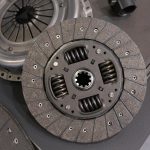
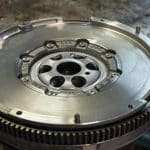

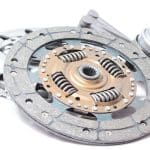
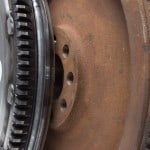
.png)